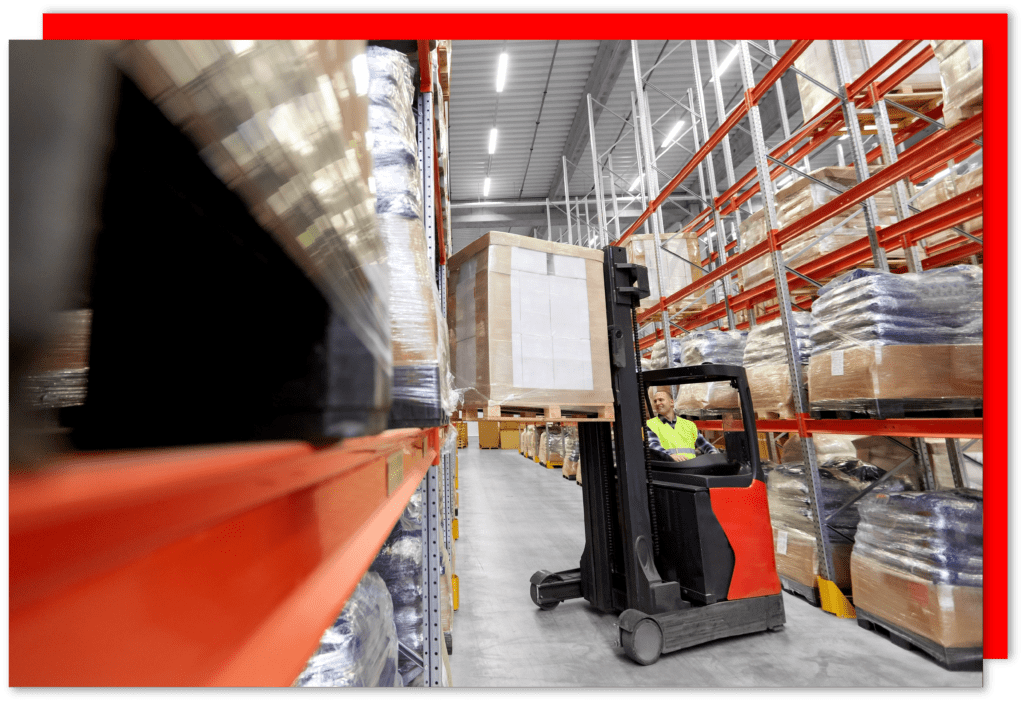An article recently published by the British Safety Council highlights a study by the Institute for Employment Studies, published on 25 November 2024, which found that UK workplaces rank among the worst in Europe for workplace demands, control at work, and job strain. Here are the key points from the study:
Key Points from the Study
- High workplace demands: Around half of UK employees work to tight deadlines or at high speed.
- Lack of control: Only about a third of workers have control over how they work, the lowest rate in Europe.
- Job strain and exhaustion: Approximately half of the workforce reports being exhausted from work.
- Disadvantaged groups: Women, older workers, and those with lower qualifications are more likely to experience poor job quality and burnout.
- Industry-specific issues: Sectors like transport, storage, construction, commerce, and hospitality face significant health risks.
- Health outcomes: Poor job quality is linked to negative health outcomes, with 1.7 million people in Great Britain reporting work-related ill health in the last year.
- Life expectancy of UK workers: A UK worker can expect to live to an age of 80.9 years, three years less than in some other European countries, according to analysis from the Organisation for Economic Co-operation and Development.
Suggestions for Health and Safety Managers
To address these issues and create a healthier, happier workplace we have put together a list of strategies:
Enhance job control
- Focus on work-life balance: Allow employees more control over their schedules and work methods. This can reduce stress and increase job satisfaction. Here are some other ways to manage workplace stress
- Employee Involvement: Involve employees in decision-making processes related to their work. This can improve their sense of control and engagement. Here are some ways you could involve your employees:
- Offer anonymous feedback opportunities: Some employees may feel reluctant to share how they are feeling about their work environment, so this may encourage more honesty.
- Conduct a survey: You could design a series of employee surveys to gauge how employees are feeling about the organisation overall. You could also carry out a separate employee safety survey. Employee safety is a critical aspect of any workplace, influencing not only the physical well-being of employees but also their psychological comfort and overall job satisfaction.
Manage work demands
- Realistic Deadlines: Set achievable deadlines and ensure workloads are manageable. Regularly review and adjust workloads to prevent burnout.
- Breaks and Rest Periods: Encourage regular breaks and ensure employees take their entitled rest periods to reduce exhaustion.
Support disadvantaged groups
- Tailored Support Programs: Develop specific support programs for women, older workers, and those with lower qualifications to address their unique challenges.
- Mentorship and Training: Provide mentorship opportunities and training programs to help these groups advance and feel more supported in their roles.
Promote wellbeing
- Health and Wellness Programs: Implement programs and wellbeing perks for staff that promote physical and mental health, such as fitness classes, mental health days, and stress management workshops.
- Introduce more fun: Prioritise employee engagement by arranging fun activities both inside and outside of the office. This will improve bonds between team members.
By focusing on these areas, you can create a more supportive and healthier work environment, ultimately leading to happier and more productive employees.
How to track improvement
Tracking the right metrics is essential for assessing the effectiveness of your health and safety initiatives and identifying areas for improvement. Here are some key metrics you should consider monitoring:
Health and safety metrics
Absenteeism and Sick Leave:
- Absenteeism rate: The percentage of workdays lost due to employee absence.
- Sick leave frequency: The number of sick leave instances per employee.
Employee Wellbeing:
- Employee satisfaction surveys: Regular surveys to gauge employee satisfaction and wellbeing.
- Mental health days: The number of mental health days taken by employees.












